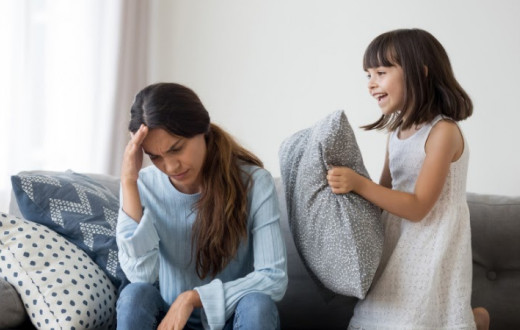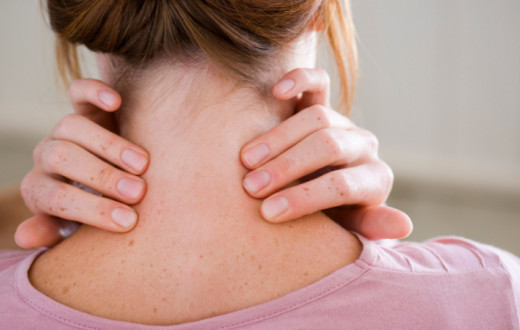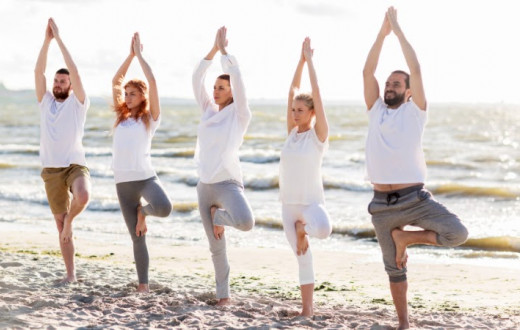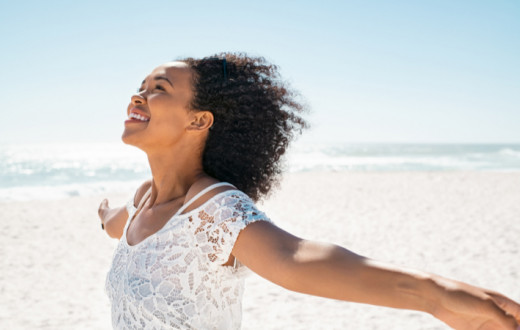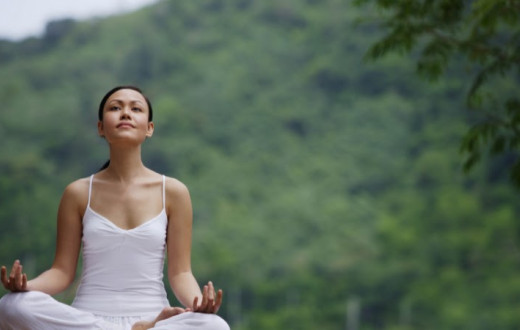
More than ever, people are making plans to travel so they can enjoy a much-needed vacation. They either want to see loved ones in familiar places, or escape recent confinements with said loved ones, and travel without them to a brand new destination!
It turns out that even if you didn’t have pre-existing anxiety, traveling in today’s world is super stressful! Between viruses and canceled flights, vacation anxiety is REAL.
No worries, we’ve got your back! Read on for travel anxiety tips, plus the best ways to breathe your way to better mental health.
Anxiety disorders
When anxiety is severe it might be a disorder. Here are some of the medically recognized anxiety disorders.
- Generalized anxiety disorder
- Obsessive-compulsive disorder
- Panic disorder
- Post traumatic stress disorder
- Social anxiety disorder
Which type of anxiety is missing?
Is travel anxiety an anxiety disorder?
The moment you hear the word “disorder,” a wave of worry just might be coming your way. Interestingly, one definition of disorder is a “state of confusion.” Isn’t that one of the things anxiety does to us to begin with?
Often anxiety prevents us from thinking clearly. And nobody likes to feel debilitated in that way. But technically, an anxiety disorder is defined as an illness that disrupts normal physical or mental functions.
Good news! Though they may share many related traits, travel anxiety is not officially diagnosed as a mental health condition or an anxiety disorder.
What is travel anxiety?
Travel anxiety is the worry of what might or might not happen just before or during travel. Some anxiety about traveling is completely normal. But if it manifests as a panic attack, or extreme anxiety that becomes debilitating and interferes with traveling, then you may need professional help.
What triggers travel anxiety?
Anxiety triggers can vary from person to person, but there are some common triggers to recognize:
- Past experiences
- Unfamiliar places
- Traffic
- Crowds
- Fear of the unknown
- Security checks
- Negative emotions
- Fear of flying
What does travel anxiety disorder look like?
Here are some of the symptoms you may experience with travel anxiety.
This list is in no way a diagnostic tool. You should always speak with your doctor or mental health professional when you have health concerns.
- Increased blood pressure
- Rapid heart rate
- Difficulty breathing
- Trouble focusing
- Nausea and diarrhea
- Restlessness and agitation
- Difficulty sleeping
- Panic attacks
- Sweating
Truthfully, the list above could be related to any number of physical or mental illnesses. But if you find that these symptoms occur when you are thinking of traveling, or during travel, and they are severe, then you may want to speak with your doctor.
If your symptoms are on the milder side, read on for how you can manage your travel anxiety.
What can I do to help ease my travel anxiety?
Planning ahead is one of the best things you can do when dealing with pre-travel anxiety. Packing for practical what-ifs helps to put our minds at ease. So does leaving a little early, so you catch your flight on time.
Here's more on what you can do when you are having trouble controlling anxiety.
Travel anxiety tips
Plan ahead and use any of these tips to give you better coping skills, so you can manage travel anxiety like a pro.
- Nourish yourself. Our bodies function better when we take care of them. Staying hydrated is important for physical health. It would be good to make sure you have snacks too. Being prepared for a long gap in between meals, and maintaining blood sugar levels helps keep anxiety at bay.
- Avoid stimulants and depressants. What happens when you caffeinate while anxious? Let’s just say, it’s not pretty or fun! The same is true with alcohol, just not a good mix with anxiety. Best to avoid consuming stimulants or depressants before and during traveling.
- Avoid known triggers. This requires you to know what your triggers are. Take a little time to reflect on past experiences. Is there a family member who always says something negative to you just as you are about to go out the door? Maybe skip watching any bad news before your upcoming trip. Knowing and avoiding triggers will help you travel with less stress and more ease.
- Visualize. Visualizing the outcome you want is really an act of faith. Realize that the worst-case scenario you tend to imagine never happens, not even close. Have a little faith. Know that only the best will happen, and visualize how potentially wonderful your trip can be.
- Shake it off. Trapped anxious energy can be thrown out of the body by simply shaking your hands for a minute or two. If you feel self-conscious about shaking your hands in front of others, you can do this in the privacy of a restroom. A brisk walk can also be helpful.
- Yoga you can do anywhere. You don’t need a yoga mat to do this relaxing routine. You can even practice while flying on an airplane.
- Breathe. Among relaxation techniques, deep breathing is key. There’s a direct connection between our emotions and our breathing patterns. One super simple, yet effective way to reduce anxiety is to use straw breath exercise. Watch this video to learn how.
- Use a meditation app. There is no better way to ease your anxiety than with guided meditation. Pop in your earbuds and tune into a calmer you.
A different kind of travel insurance
What if you could do something tangible to improve your travel experience in the long term? Something that would ensure you would be calmer and more centered come what may! Sounds worth exploring, right?!?
We already mentioned that all-important word- Breathe. Your breath holds the secret for reducing stress and anxiety, and it can be unlocked using the evidence-based technique, SKY Breath Meditation! SKY is the best travel health insurance you could ask for.
With up to a 78% reduction in serum cortisol levels (the stress hormone), and a significant decrease in both clinical and non-clinical anxiety, SKY helps you feel centered with greater mental focus. SKY also boosts your immunity, gives you healthier blood pressure, and even enhances sleep.




